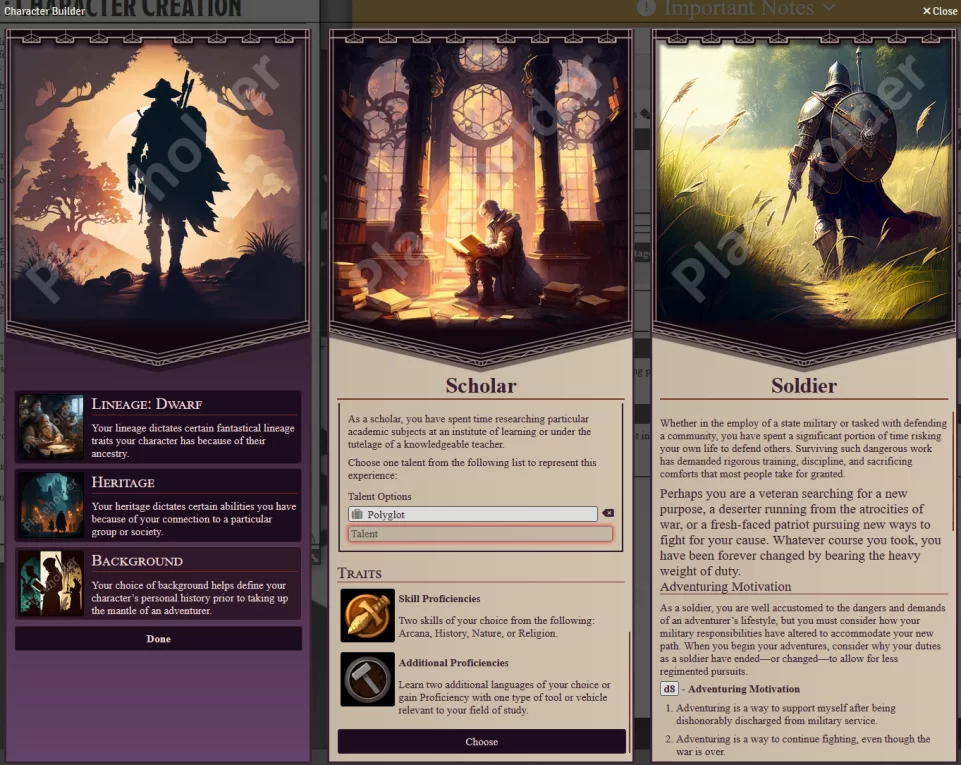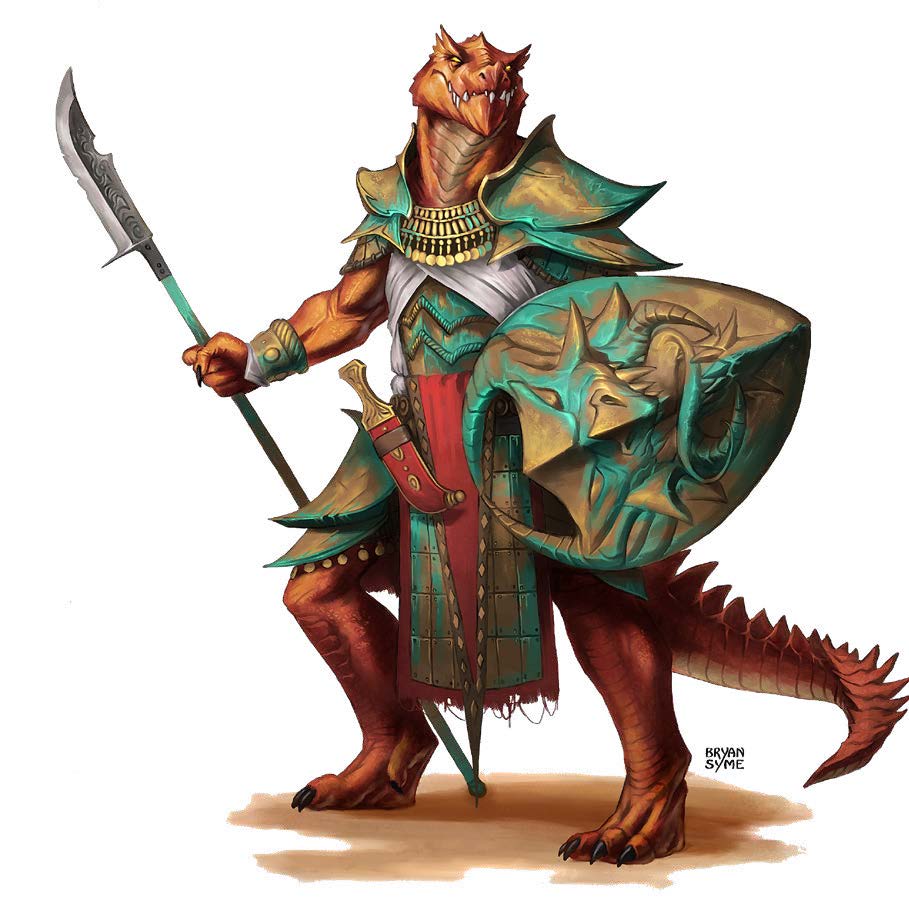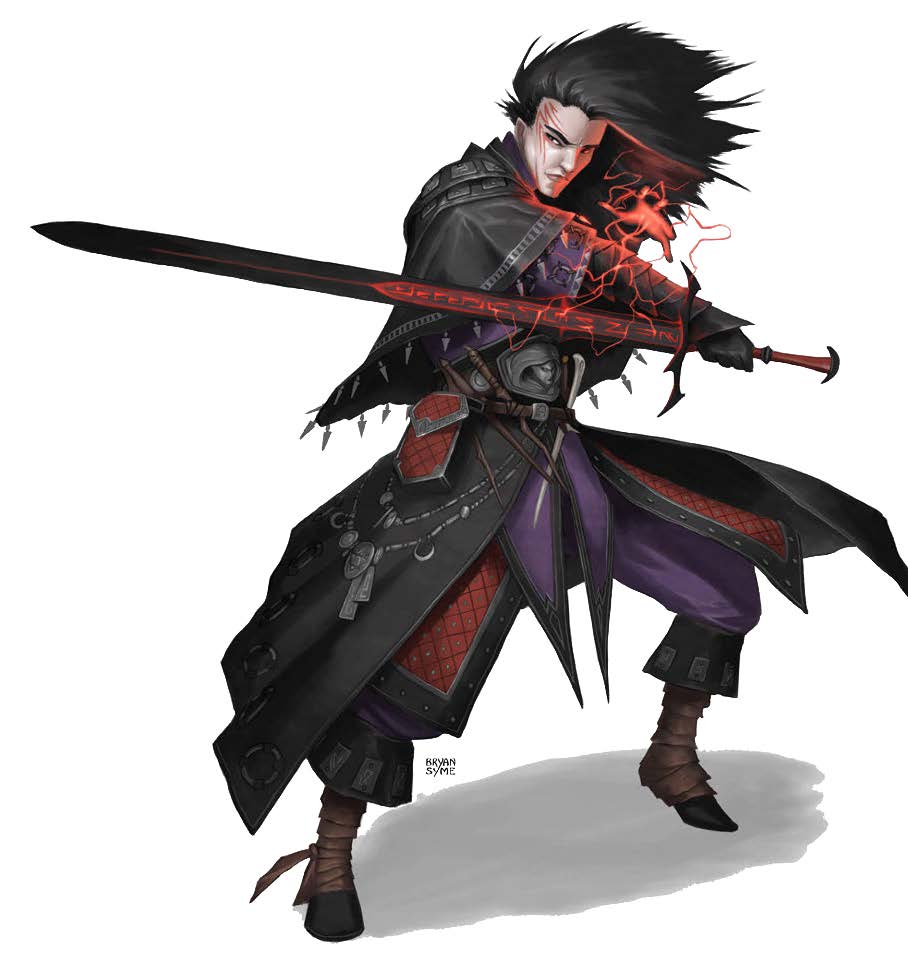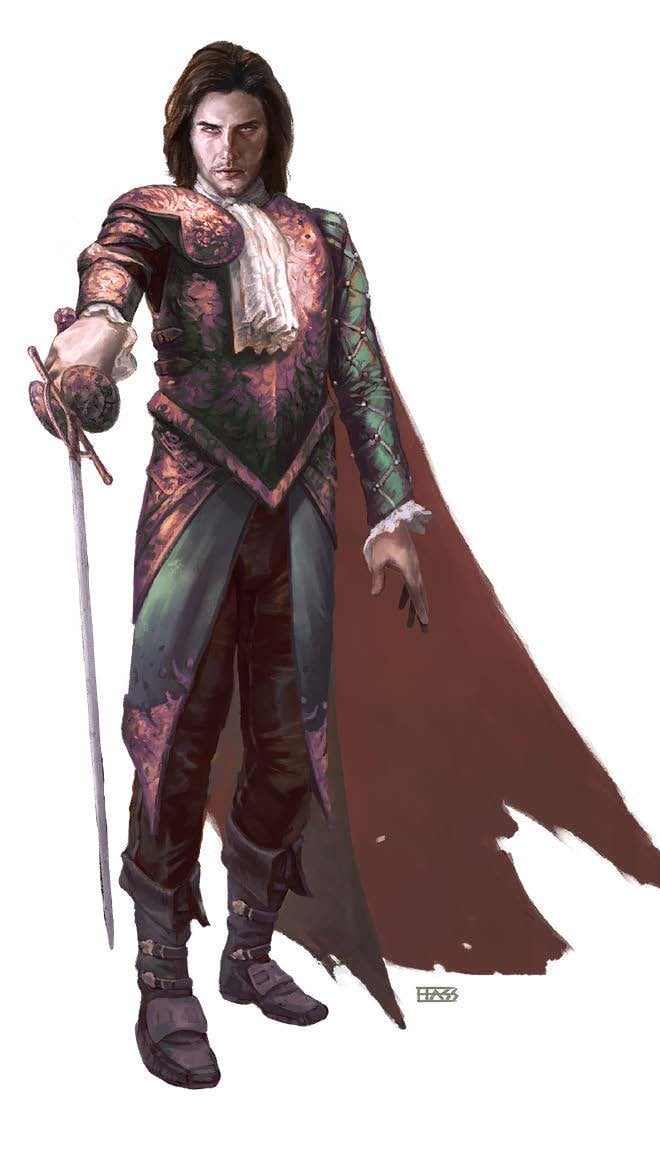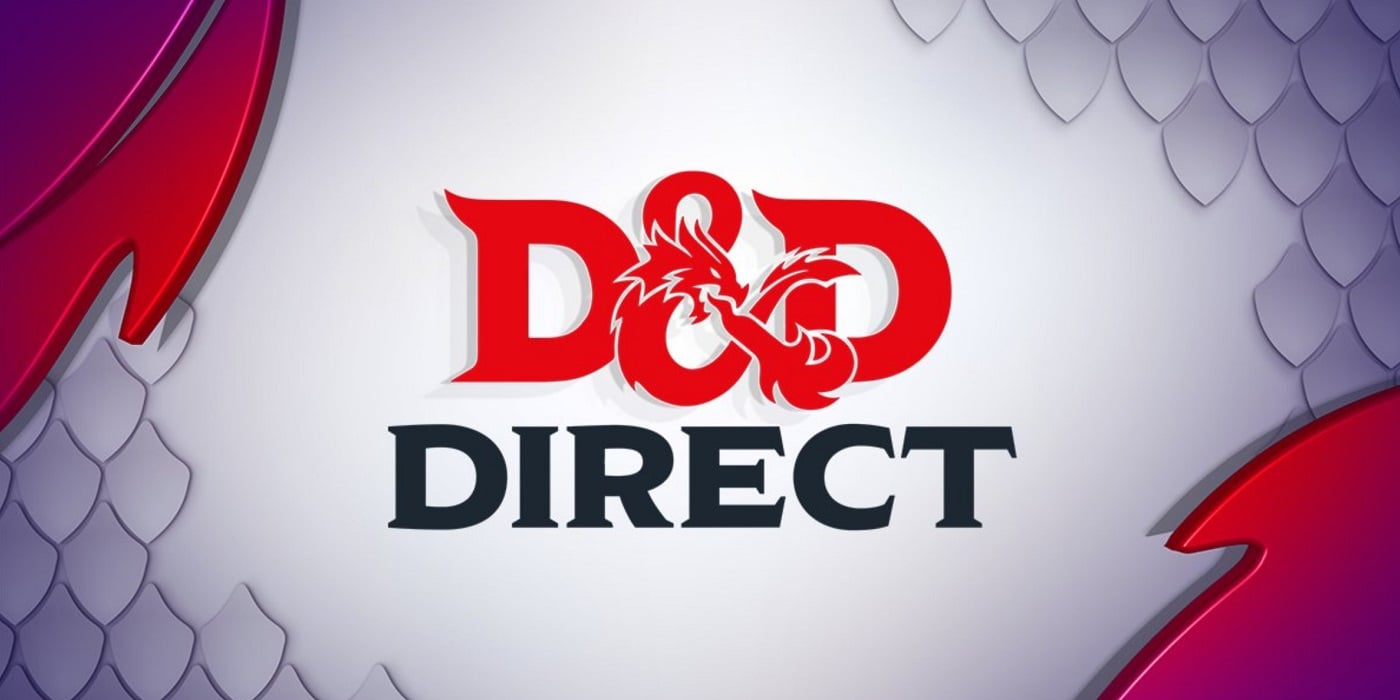D&D: ‘Project Black Flag’s New Fighter – Bonus Actions For All – At A Cost
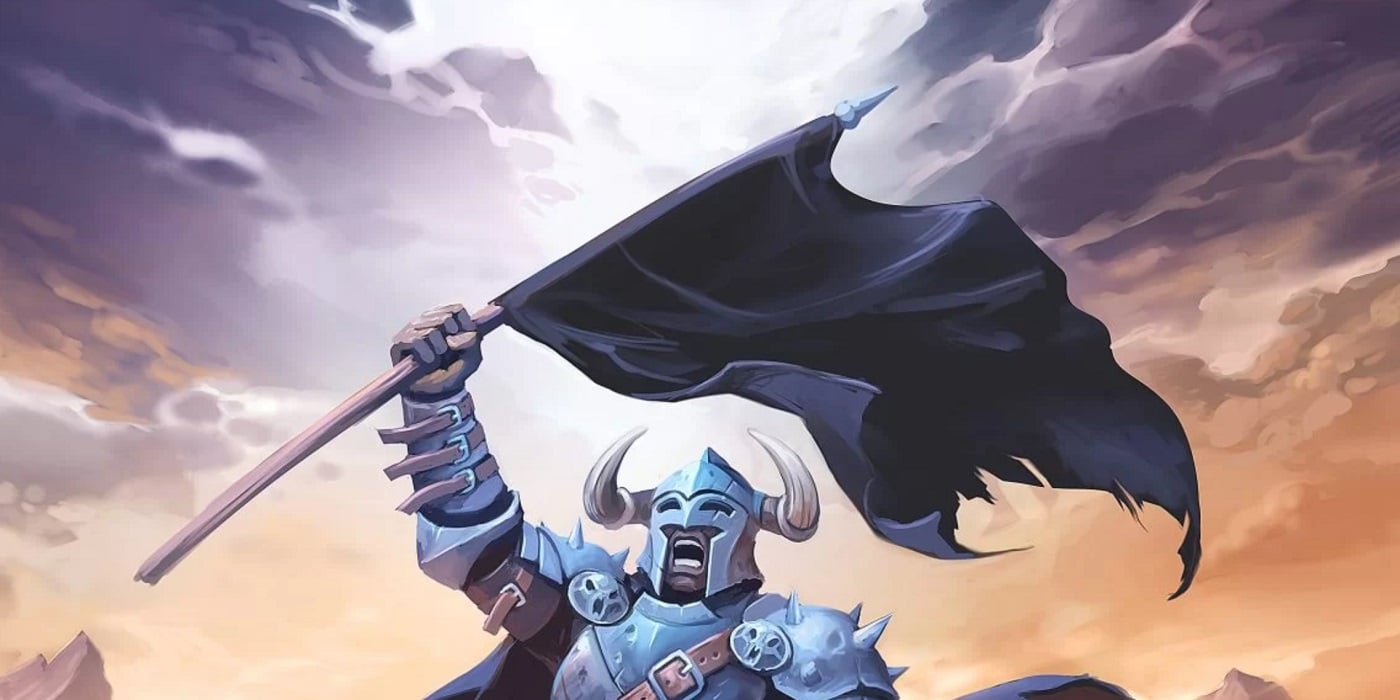
Project Black Flag looks to reinvent the Fighter in its new playtest, but do they succeed? Or is it more like sword and bored?
Fighters are one of the iconic parts of fantasy adventures, especially D&D. Which is why it’s no surprise that the first class in the Project Black Flag Playtest cycle is the Fighter. And also the Wizard, but we’ll talk about them later.
For now, let’s take a look at how Kobold Press wants to reimagine the 5th Edition Fighter. It’s familiar, but not too familiar. But not too not familiar. There are some highs and a few more lows than you’d hope for, but the Project Black Flag Fighter has a lot going on. Let’s take a look.
Project Black Flag Fighter – Sword But Not Bored
The Fighter in D&D-type games is often regarded as the simplest class. They’re the intro for many players, because they’re tough, do damage, and at the lowest levels, tend to be the easiest to play.
And Kobold’s Project Black Flag Fighter, for all the reimagining, is much the same:
- D10 hit dice
- Proficiency with all weapons and armor
- Two skills
Interestingly enough, they can pick between proficiency with Strength or Dexterity saves alongside their proficiency in Constitution saves. But where the Black Flag Fighter really starts to differ is in the lack of a fighting style. Instead, Fighters gain a “Martial Action”—a bonus action relating to various weapons the Fighter could wield. Ranged and two-handed weapons both benefit from a bonus action that doubles the proficiency bonus on the first attack roll of the turn. Shield-wielders can, instead, impose disadvantage on attacks against them or any adjacent ally. And dual wielders, as ever, get the short end of the stick.
They can make a bonus action attack with a light weapon and add their ability modifier, no attack action is needed. But compared to how dual wielding works in One D&D, as just part of the attack action, not costing a bonus action, or already starting to lose its luster.
The other big first-level feature is Last Stand, which replaces a Fighter’s Second Wind. Last Stand is a reaction instead of a bonus action, and they can use it when they’d drop below half-hit points, spending hit dice to heal instead of just gaining 1d10 + (their level) hit points back. This is an improvement, but it’s only usable once per long rest so be careful when using it.
Other than that, Fighters are basically the same as their 5E counterparts, gaining extra talents where a 5E Fighter would gain a feat. Thankfully ability score increases are detached from picking feats. But where the new Fighter really shines is in the subclasses. Well, one of them, anyway.
Spellblades and Weapon Masters – Subclasses With a Difference
In the playtest, the Black Flag Fighter gets two subclasses to play around with. These only go through level 8, which means there are only two subclass features for each. And in the Fighter’s case, we get the Spellblade, an Eldritch Knight analog with a major upgrade, and we get the Weapon Master, a slightly nerfed Battlemaster that works a little differently.
Starting with the Spellblade we see the EK hallmarks, you get arcane spells and can cast them using your Intelligence modifier, and to start you can only pick from Abjuration and Evocation, though once you pass 8th level, all bets are off. Where things differ are in the other 3rd-level features.
In lieu of a Bonded Weapon. Spellblades can enchant a specific weapon, making it a +1, which is quite nice and something the original EK should have. Speaking of which, their version of War Magic is what the original should have been from the outset: when making a multi-attack, you can replace one of the attacks with a cantrip, which is perfect for those Booming or Green Flame Blade types, hopefully, Kobold will include something like that. Give Fighters a bone they sorely need.
The Weapon Master, on the other hand, is the Black Flag Fighter equivalent of the Battlemaster. It’s a maneuver-based subclass, only they’re called Stunts and you get fewer of them per rest and they’re worse. This was a disappointing one to see–again, it feels like maneuvers should just be part of the Fighter kit. But especially here, these Stunts are toned down. Often you’ll pick between causing an effect or doing extra damage, whereas the Battlemaster simply did both, and it doesn’t feel great in comparison.
All in all, though, the Spellblade and the core Black Flag Fighter feel like they are at least open to exploring interesting ideas, though, they aren’t without problems.
What do you think of the playtest? Let us know in the comments!

